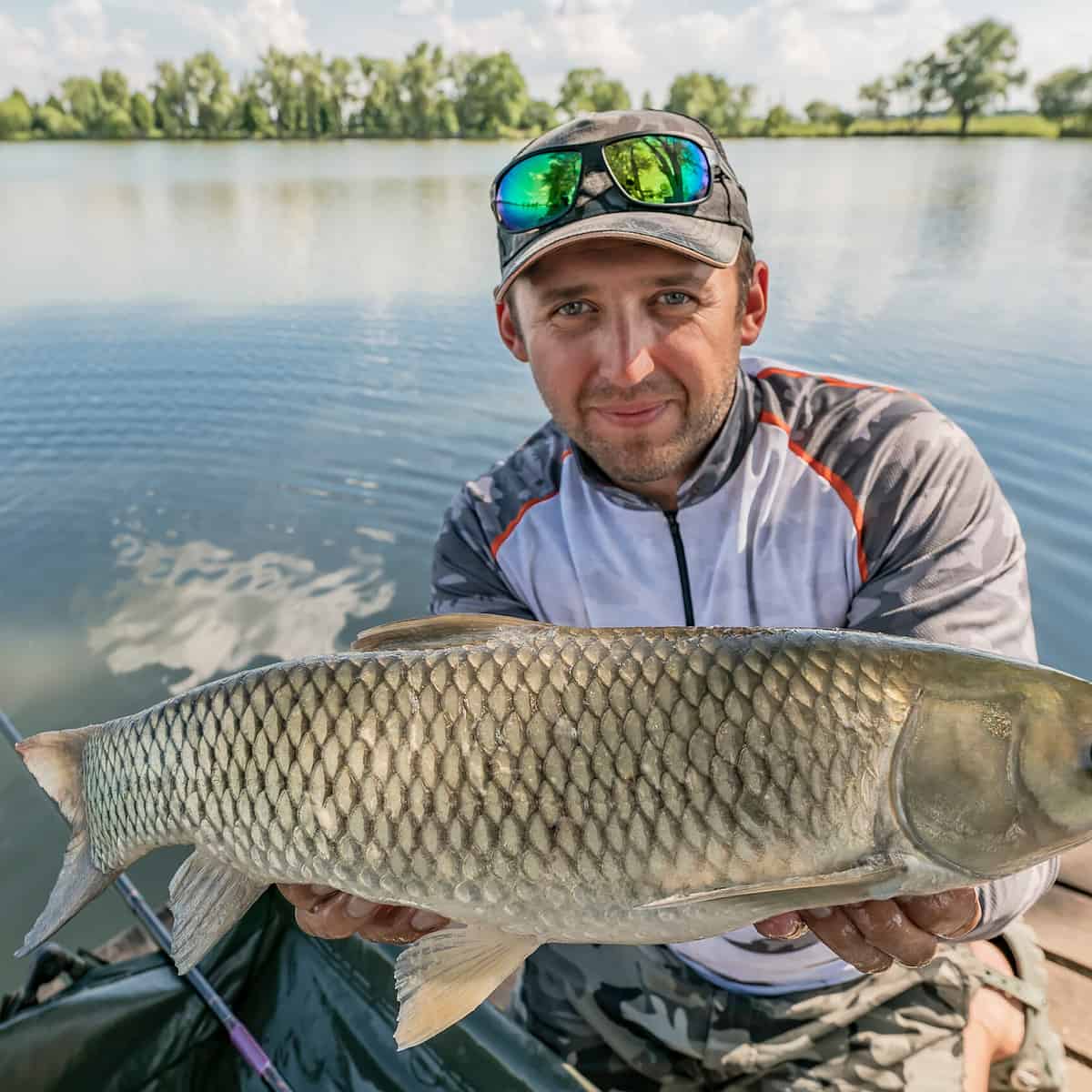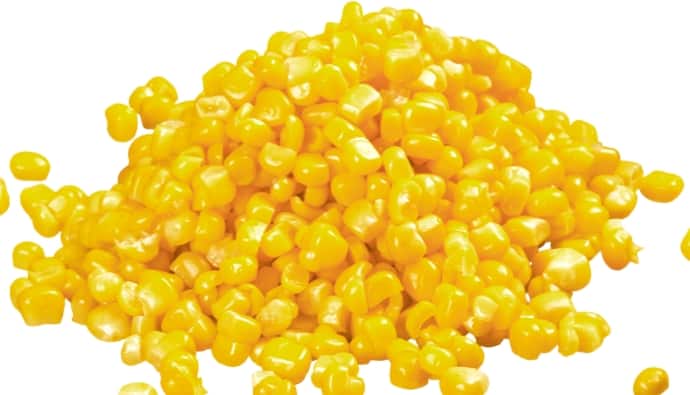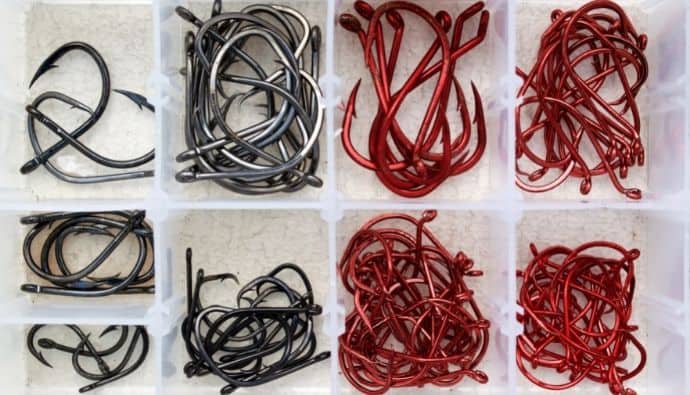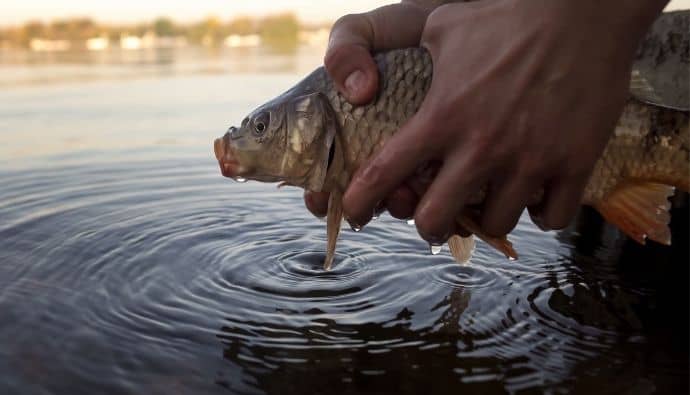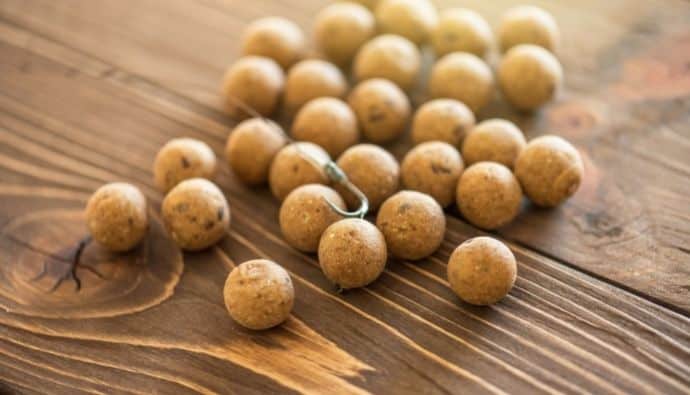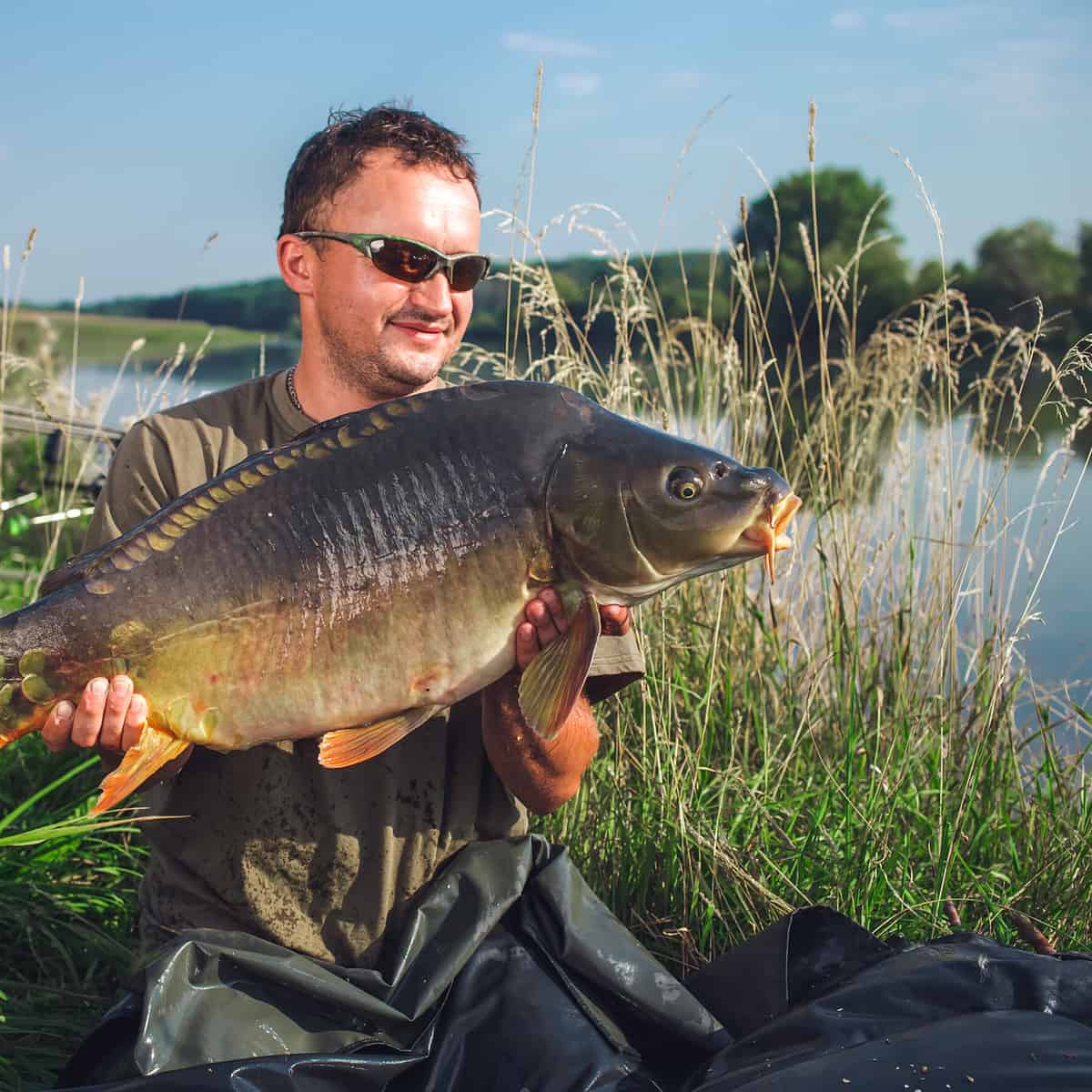Do you want to learn more about the seven most common types of carp? Our article not only sheds light on these stunning fish but also provides valuable insights on how to identify them. Join us as we embark on a journey with professional coarse angler, Daniel O’Neill, who holds a remarkable record of landing over twelve carp species worldwide!
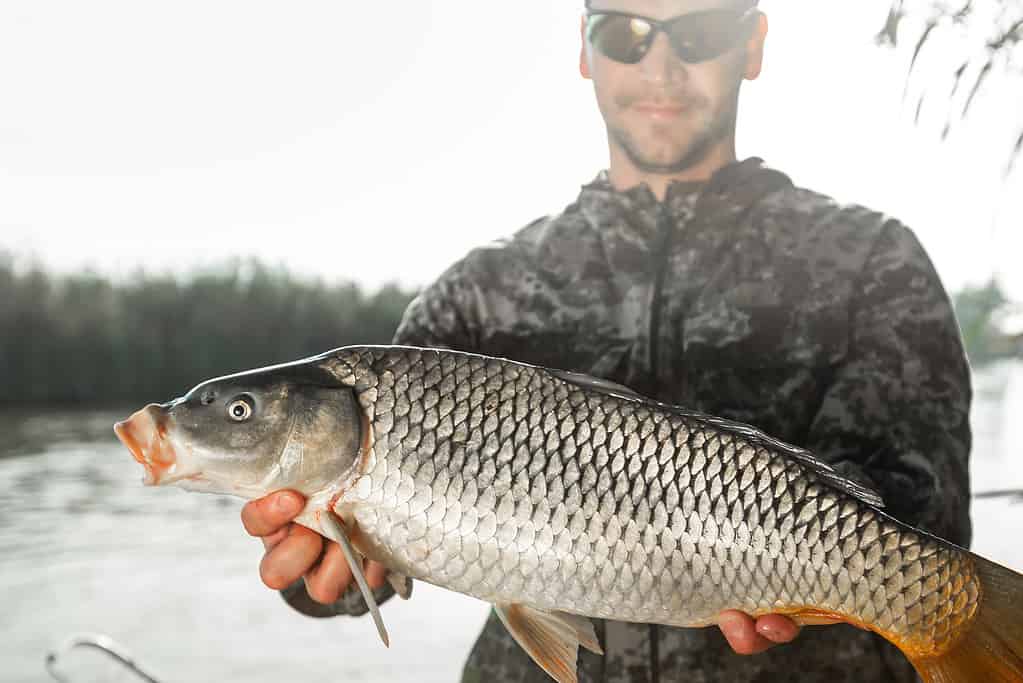
Carp fishing is an adrenaline-packed form of angling, however for many beginner anglers carp can be very difficult to identify. The striking resemblance shared among carp species often leave anglers confused. Learning how to successfully identify your catch is an important step in improving your overall fishing experience.
How To Identify Popular Carp Species
During the early stages of my coarse fishing journey, I had a significant challenge, correctly identifying my catch. The carp’s physical features often appeared similar. Without any guidance or expertise from other anglers, I found myself getting frustrated on identifying the specific type of carp I had landed.
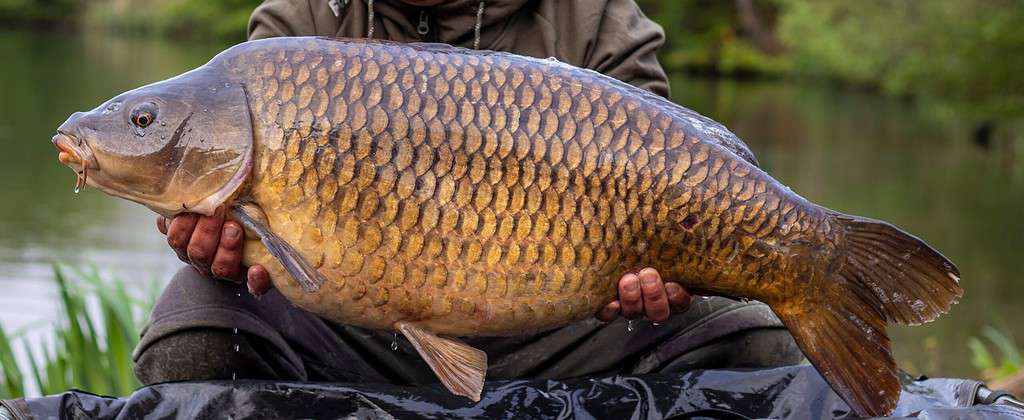
Over a very long period of time I fine tuned my ability to tell the different carp species apart. Based on this knowledge, I feel it is best for all beginner anglers to learn the correct identification process as early on in their angling career as possible.
Let’s start by focusing on the common carp, which holds the title of being one of the most popular coarse fish species to target worldwide. Common carp are well known for their bronze, gold and silver scales.They have a downward facing mouth and two barbules which protrude from either side of it.
I have developed a fascination for the common carp as this species was my very first coarse fishing catch. However, as I delved deeper into the world of carp angling, I encountered the challenge of correctly identifying them. Common carp, grass carp, and ghost carp seemed to have resemblances, making the identification process difficult. However, I quickly realized that their stocky body shape and large scales set it apart from its counterparts.
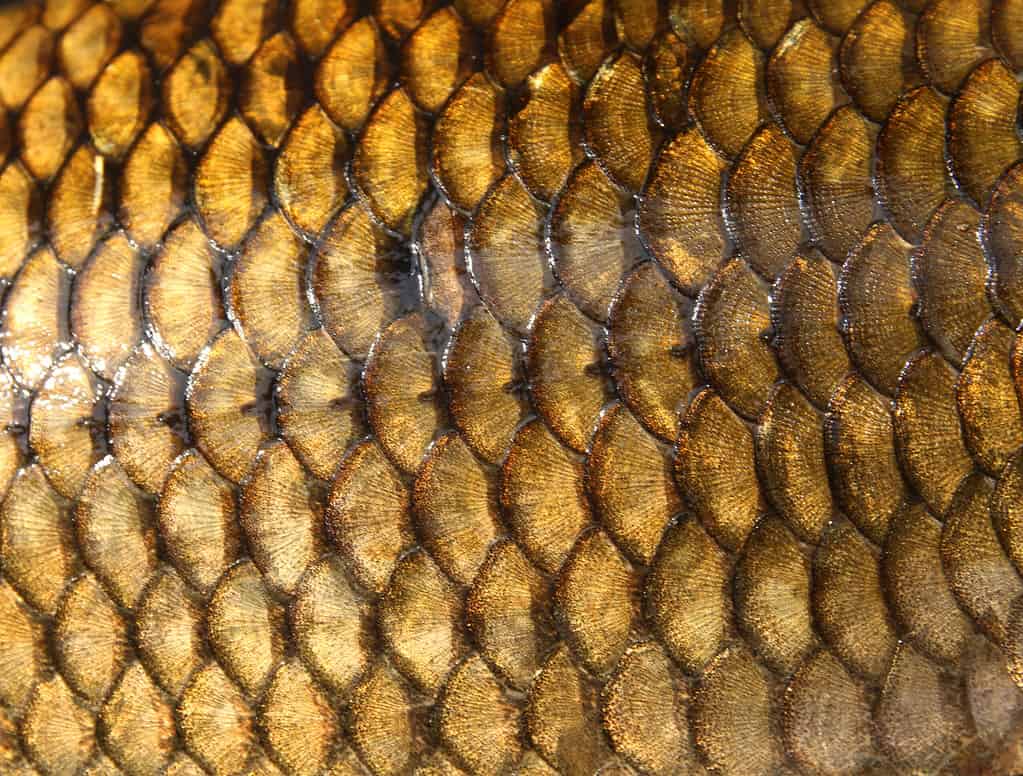
The mirror carp species have an array of scattered scales across its body. Each mirror carp has its own unique scale pattern, resulting in notable differences in appearance among fish of the same species.
Mirror carp have proven difficult to identify due to their similarities to leather carp. Some mirror carp have very few scales, and therefore, closely resemble the leather carp’s scaleless body. To differentiate between the two species, a useful method is to count the number of scales present on the fish’s body. As a general guideline, if a fish has four or fewer scales, it can be identified as a leather carp.
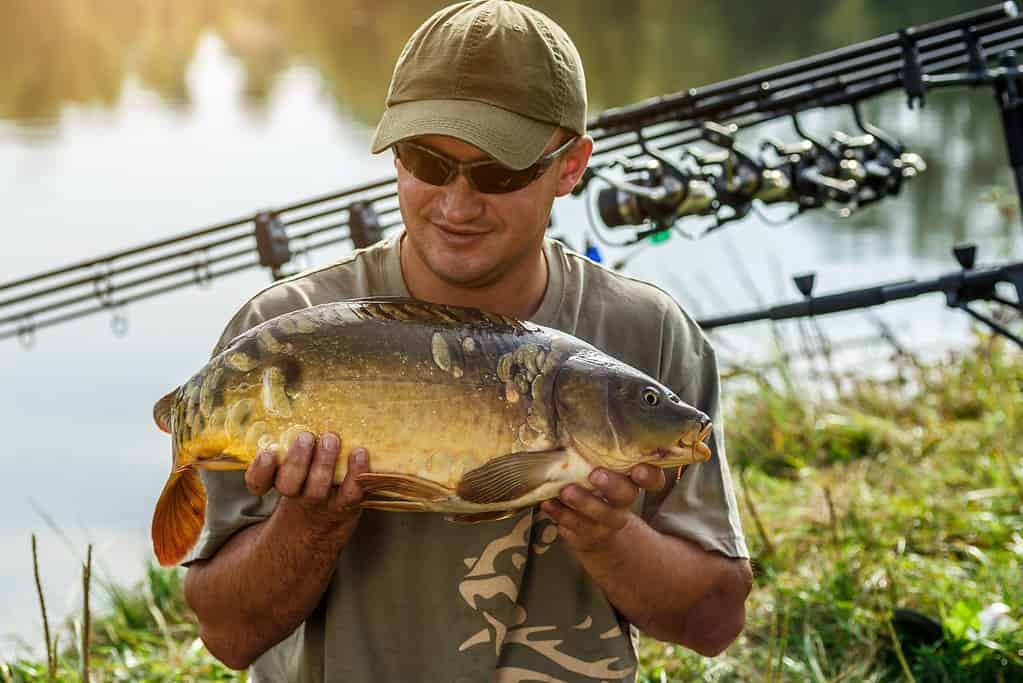
Leather carp are relatively easy to identify due to their scaleless body and leather like skin. A genetic mutation prevents the leather carp from growing scales. However, on occasion, you may come across leather carp with a few small scales present on their body, although this occurrence is relatively rare, it has happened to me twice before.
There are a few simple ways in which ghost carp can be identified. Ghost carp have darker markings present on the back of their head as well as darker scales along their back. Ghost carp are sometimes a vibrant white or yellow color and always have metallic markings along their body. However, they do closely resemble common carp as they have full scale patterns and elongated dorsal fins.
Out of all the carp species, I believe that Koi are the easiest to identify. They have distinctive color patterns. Unlike other carp species, Koi have elongated bodies, making them much less bulky. Koi are not actually a stand alone species, they are considered a subspecies of the common carp. Some anglers view the species as a domesticated version of the common carp.
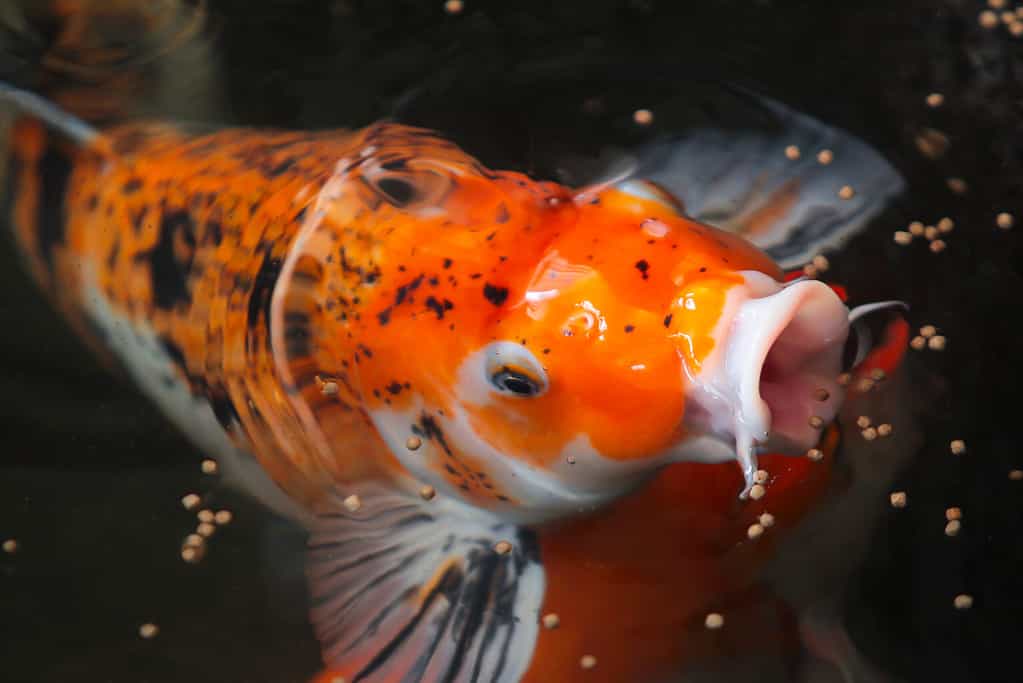
Grass carp can be identified by their long torpedo-shaped body. They have a flat head and a small upturned mouth. Grass carp closely resemble mullet, however unlike the mullet, grass carp can grow to immense sizes. Grass carp do not have any barbules and are usually silver in color.
From my experience, identifying crucian carp is a fairly straightforward process as the carp’s body is diamond shaped and they tend to be much smaller in size than the other carp species. Crucian carp have no barbules and the fins are reddish and rounded.
Common Carp
The common carp is a well recognised and highly distributed species of carp. The common carp, otherwise known as the Cyprinus carpio, is one of the most widespread freshwater fish species in the entire world. Common carp are indigenous to Europe, but have been introduced everywhere except for the North and South Pole as well as Northern Asia.
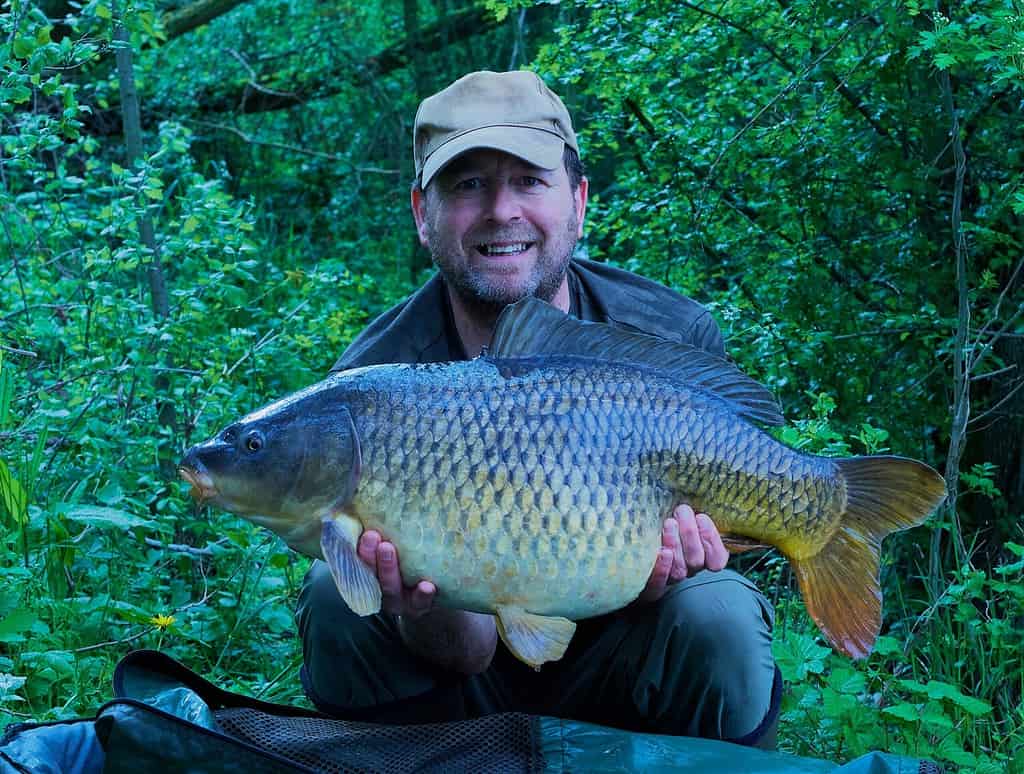
From my experience, the common carp is a truly formidable fish to target. Their ability to grow quickly, exceeding 50 pounds with ease, and their large banks of stamina make them very powerful fish to target on an Orivs clearwater 9′ 8-weight fly rod or Daiwa black widow deadbait rod. The most common method for catching common carp is bait fishing with boilies. When I fish for common carp I use boilies soaked in chili oils, placed on a hair rig.
Mirror Carp
A common misconception about mirror carp is that they are a stand-alone species. However, mirror carp are a variation of the common carp. Mirror carp have a distinctive scatter of scales along their body rather than full coverage of scales. Mirror carp grow to similar sizes as common carp and are well known to be just as powerful.
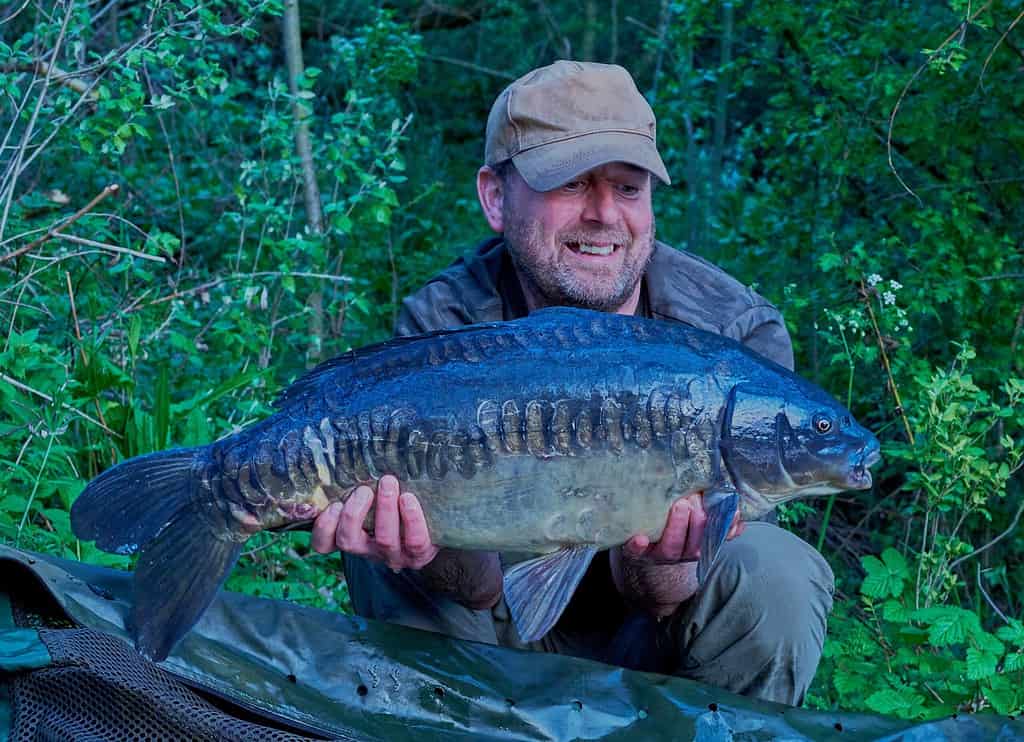
When coarse fishing for carp, I have encountered anglers that solely target mirror carp for their appearance. Each mirror carp’s scale pattern is unique, consequently, many fishermen target mirror carp to find the most aesthetically pleasing fish.
Leather Carp
Leather carp are similar to mirrorless carp, they are a genetically mutated version of the common carp. This mutation prevents the carp from growing scales on their body. The leather carp has a distinctive leather-like skin, hence the name. The leather carp is a very adaptable species of fish, they can be found in lakes, ponds, and river systems. Leather carp do not have fat reserves and will come to the surface in the winter. Targeting leather on simple float setups is very effective in colder seasons.
Based on my personal experience, I have noticed a clear difference between leather carp and common carp. Leather carp, in comparison to common carp, tend to exhibit less power and strength. This is because leather carp have fewer red blood cells in their body, resulting in reduced energy levels and overall strength.
Ghost Carp
Ghost carp is a species known for its very clear, almost transparent skin. Ghost carp, sometimes referred to as ghost koi, are a cross breed between common carp and ornamental koi carp. As they are a cross breed there is no natural distribution of these species. Therefore, they are usually stocked in private waterways and fisheries, kept primarily for sport. A well known fact about ghost carp is that they are avid eaters. Consuming over twenty percent of their body weight in food per day.
Ghost carp have developed a reputation for their aggressive and destructive behavior. I have personally witnessed instances where ghost carp exhibit aggressive behavior, chasing smaller common carp and tench at my local bait lake. This predatory behavior can benefit coarse anglers, as ghost carp tend to strike with greater force and aggression compared to other carp species. These high levels of aggression can make them relatively easier to catch, providing fishermen with intense more lively fishing.
Grass Carp
Grass carp commonly feed on aquatic plants and are usually stocked in lakes to keep algae from overgrowing. They have torpedo shaped bodies and flat heads. Grass carp are a native species of East Asia.
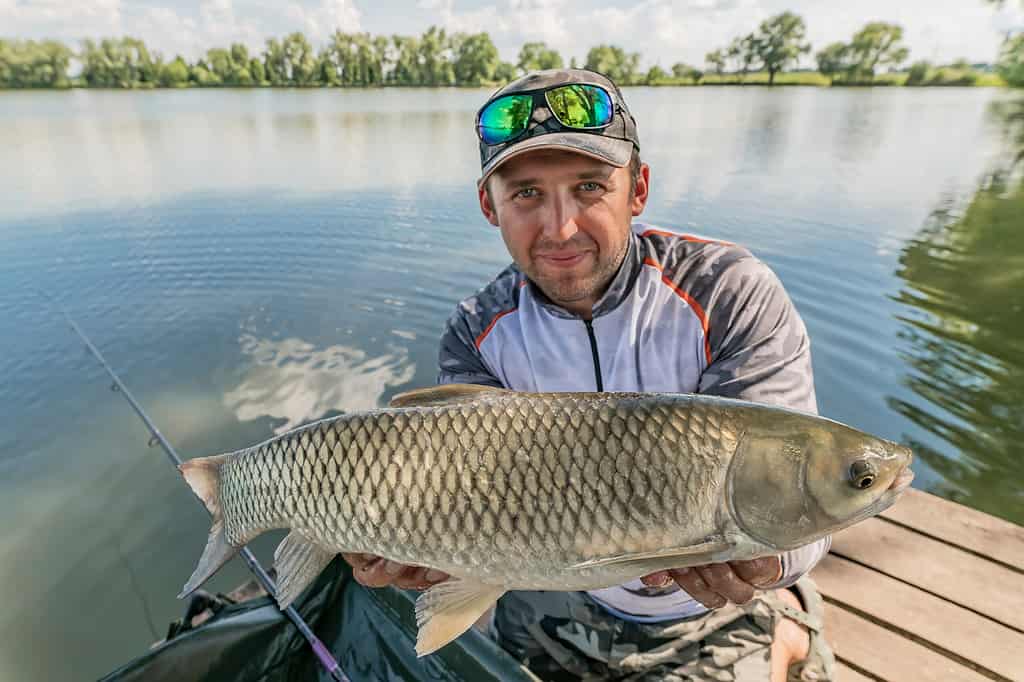
If I had to select any carp species to target I would go with grass carp. I enjoy targeting grass carp as they provide a challenging fishing experience. With their selective feeding and skittish nature, they are among the most difficult fish to catch. Grass carp provide great sport for bait or fly fishing, I highly recommend targeting them.
Koi Carp
Koi carp are cross bred variants of the common carp and mirror carp. They come in a vast selection of different colors and patterns. Koi carp are usually decorative fish, however, they can be great fish for carp anglers to target.
Pro Tip: Target Koi carp using techniques similar to those employed for common carp but with the added caution and stealth required for spookier species like grass carp.

From my personal experience, I have achieved success in fly fishing for Koi by utilizing algae imitation flies. The use of algae imitation flies, with 7lb tippet, a floating line, and a 5# ultralight Hardy rod has proven to be the most effective combination for me when targeting these challenging fish. This setup has allowed me to mimic their natural feeding patterns and entice them into biting.
Crucian Carp
Crucian carp are known for their deep-bodied shape, with a rounded and compressed form.
Crucian carp often inhabit still or slow-flowing environments. Crucian carp don’t feed excessively, instead they feed in small amounts and can be easily spooked.
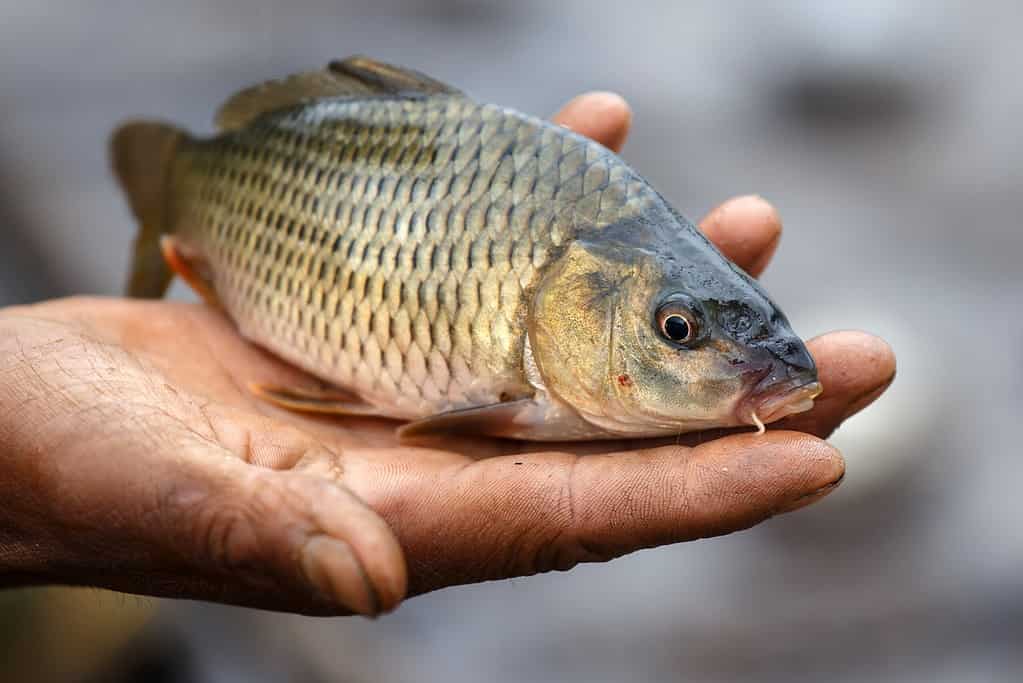
In my experience, I have found using a float in slow moving water with very light tackle works best. My go to setup would be an ugly stik, abu garcia Superior FD spinning reel and 20lb monofilament line.
Final Thoughts
In conclusion there are many types of carp available to fish for, each offering its unique set of challenges. My personal recommendation is to target common carp and after some practice attempt to catch the more challenging grass carp. Don’t forget to learn how to identify your catch before getting out on the water. This article has comprehensively explored carp species as well as how to identify them. Good luck and tight lines.


 Facebook
Facebook YouTube
YouTube